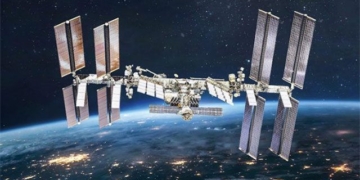The U.S. Air Force has recently unveiled images of a reconnaissance unmanned aerial vehicle (UAV) that has filled the gap for the MQ-9 Reaper UAV, working together to conduct surveillance missions.
This military asset is part of a top-secret project by the U.S. Department of Defense, but it has now been made public under the name Ultra.
This aircraft is typically deployed in U.S. reconnaissance missions, designed to meet the demands of a cost-effective UAV with long operational hours and agility.

The U.S. Ultra UAV has been tested in various conflict zones such as the Red Sea (Photo: U.S. Air Force).
The Ultra UAV can operate continuously for up to 80 hours with a payload capacity of 180 kg, integrating electro-optical/infrared (EO/IR) systems, radio frequency equipment, and other data-gathering devices.
Reconnaissance in Combat Zones
The advantage of Ultra lies in its low production cost and extended operational capabilities, allowing it to be deployed over vast areas. The UAV has been tested by the U.S. military in conflict regions, particularly in the Red Sea.
This unmanned vehicle fills the gap for the MQ-9 Reaper—which is widely used by the U.S. for reconnaissance but costs around $30 million each. Notably, the Reaper has suffered significant losses during U.S. reconnaissance missions in conflict zones.
The sensors equipped on the Reaper are also very expensive, and its operational capacity is considerably more limited than that of the Ultra.
In current geopolitical conflicts, UAVs are providing numerous tactical and operational benefits to the military. For example, in the ongoing conflict in Ukraine, both Russia and Ukraine are utilizing a large number of inexpensive drones, which may be why the U.S. and many other countries are focusing on designing and producing cost-effective UAVs.
The French military, equipped with U.S. Reaper UAVs, is also considering domestic production solutions for cheaper UAVs, such as the Male Aarok drone developed by Turgis & Gaillard.





















































